Over the past few weeks, a lot has been said and written over the India-China standoff at Doklam. During this interval, several wild speculations and claims have been made by neutral sources, Chinese and India media houses alike. But in this skirmish of getting higher TRP and more online traffic, most of these outlets fail to see the big picture that is being painted by the Doklam standoff. Most of them quick in doing an in-depth analysis of how the India/Chinese military will fare against one another or who will win/lose or what bombs will they drop on each other, are sluggish and in some cases down right reluctant in portraying the real image and its actual outcome. That is why I as an individual am trying to do my bit by helping my dear readers visualize the broader scheme of things and understand how Doklam could actually shape the future. So let us begin by taking a look at few images and understand the geographical significance and location of the entire matter.
Now that we have a rough idea of what the physical significance of this area is. Let us answer some basic question before we go any further and dive into the bigger picture. Did Indian troops cross its border? YES. Now, is the Chinese army within their borders? NO. So, what and where is this standoff all about? The standoff is taking place on Bhutanese territory and the Indian armed forces are taking on the intruding Chinese army with (initially without) the explicit consent of Bhutan and simply put, this standoff is all about building a road. You see, the Chinese have this weird fetish of building roads and ports and islands and what not on territories that DO NOT belong to them by making outlandish claims. For example, when a Chinese Foreign ministry spokesperson was asked as for why Dolam and Doklam Plateau belong to China he said: “From historical evidence, we can see that Doklam has been a traditional pasture for the Tibetan residents and we have exercised good administration over the area.” It is important to take note, that Tibet too is not really an integral part of China (that is why it is still known as Tibet Autonomous Region) as it was forcefully annexed by the ironically named Peoples Liberation Army in the 1950s. But that’s a story for some other day. Comming back to the present issue, that is the Doklam Standoff, it is really interesting to see that a country whose idea of a stern reply to an attack is not playing cricket with the adversary take proactive action on an issue which hasn’t even affected it yet. The reason behind this action could be that India and China never played cricket with each other and hence India had no other option or there is a much larger point behind it. So let us break them down and unravel the big picture.
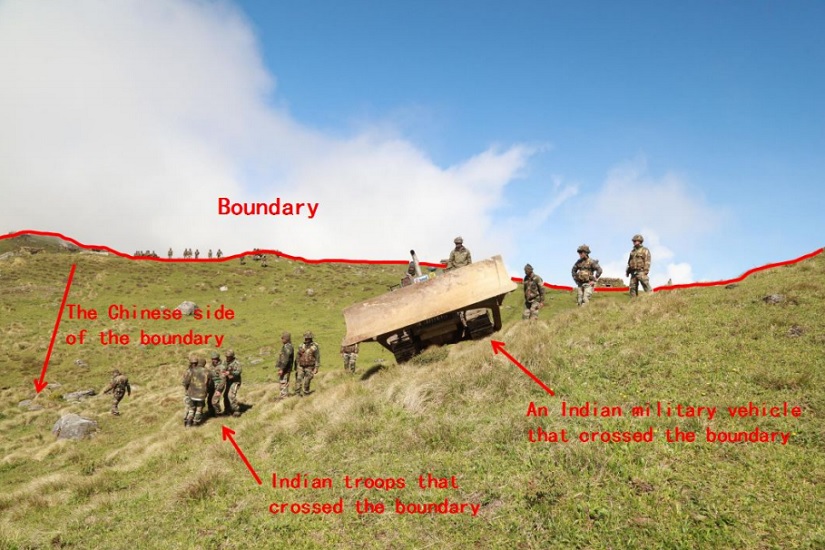
The tri-junction area/point is where India-Bhutan-China share borders, and the location of this standoff is extremely close Indias Chicken neck (a small corridor connection the rest of India to the north-east). India fears that in the event of a war, with good roads up to the tri-junction point, China could cut off the Chicken’s neck and split India into two parts. So as portrayed by India it is an existential crisis, but is it? Do you really want to believe that Indians crossed the border because they were afraid of being split into two? I don’t think so. An advancing Chinese army could easily be stopped by blowing up bridges and damaging existing infrastructure on the Indian side of the border. You don’t need to have a standoff with a nuclear neighbor outside your borders for that. Trust me China launching nukes on India is more of an existential crisis than China cutting off the chickens neck. So then, what is the real motive behind this standoff? The simple answer to this question would be POWER PROJECTION. India wants to show to the rest of the world that it is not a push over and that it will stand firm in defending its and the interests of its allies. China, on the other hand, wants to show everybody that it is the new regional/super power and undermine India’s growing sphere of influence. China is like that new kid in town who wants to establish its dominance by being the biggest thug around. Picking up toys from younger/less powerful kids and dominating them (think the South China Sea), being friends with other shady kids (think North-Korea/Pakistan) and picking up fights with other decent kids ( think Japan, Bhutan, etc). China had similar intentions in Dolam as well.
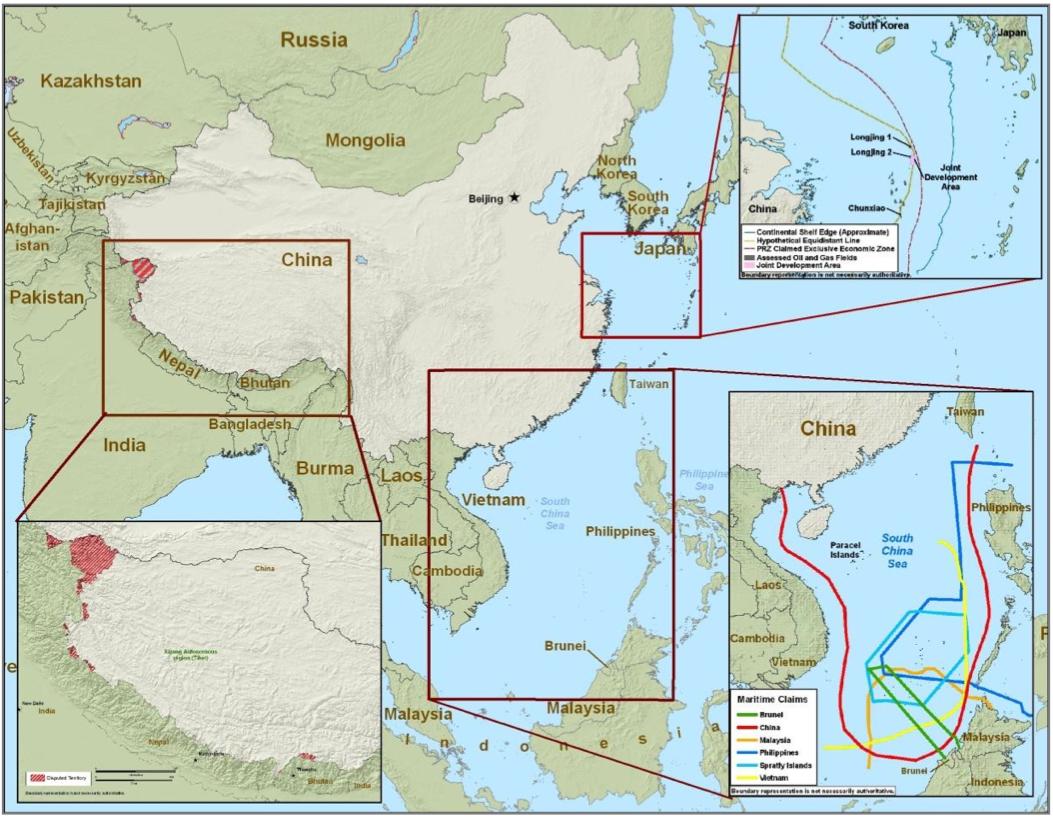
China thought that it could discreetly build a road in Bhutan’s territory, claim it as its own and gain a strategic edge over India. What it did not account for was India swift response and mobilization of troops and its new found grit. Shellshocked by this sudden show of force by the Indians Chinese at first tried to force India into withdrawing its troops by canceling Kailash Mansarovar yatra and then accusing India of crossing the borders. But as the dust settled over this standoff and the entire picture became more and more clear, China resolved to threaten India with military action and spread white lies, like Stating that Bhutan had conveyed to China through diplomatic channels that the area of the standoff is not its territory, the truth, on the other hand, is the exact opposite of it. Now you must be wondering why an economic power house like China, a nation which has permanent seat in the UN behaving so immaturely, Where as, India a land presumed to be predominantly occupied by snake charmers and elephants behaving so maturely? Another simple answer OUT OF FRUSTRATION. What was meant to be a show of strength by China has now turned into a face saving operation. Thanks to their outlandish claims and the prolonged nature of this standoff they can neither push the India army into withdrawal nor start a war and the best part is they can not even accept the truth or have a negotiation. India, on the other hand, has nothing to lose, the longer this standoff is extended the stronger Indias claim would become. This precisely is what China does not want. If India is seen as the winner of this stand off China stands a chance to lose a lot of credibility (not that it had a lot, to begin with, nor does it seem to really care about it) and territory (thousands of miles away in the South China Sea). Through this one small standoff, India could possibly change the status quo of the entire region and be seen as a savior and perhaps even begin to play a greater more dominant role in the South China sea dispute, hitting China where it hurts the most.
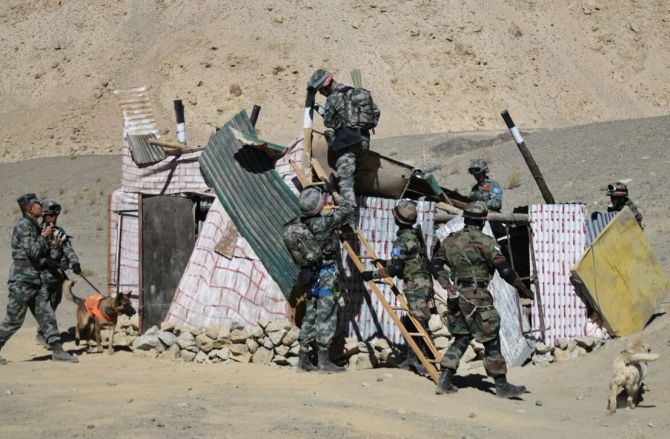

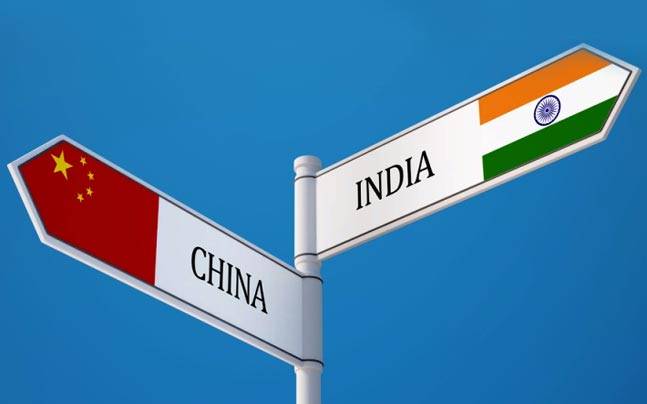
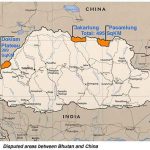
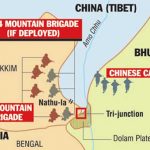


The Tri junction is presently V which China wants to make it into a J so that their camp can be set up in Doklam . like they have done in south China sea with airport and bunker and artillery guns for anti – aircraft
Very lucidly explained, Jetboy. It is time that we stood up to the expansionist tendencies of China. Power projection is an important function of armed forces. With the right political will, the Indian Armed Forces can send a strong message to our crafty neighbours. We have the tenacity to last out this stalemate.
I enjoy looking through and I conceive this website got some truly useful stuff on it! .